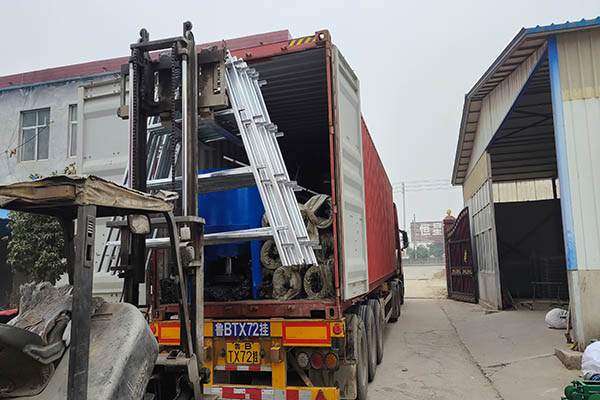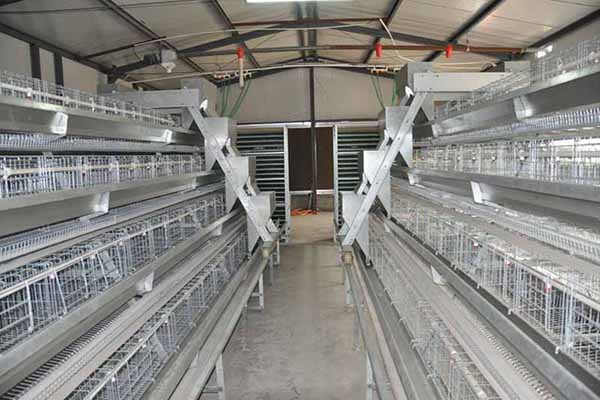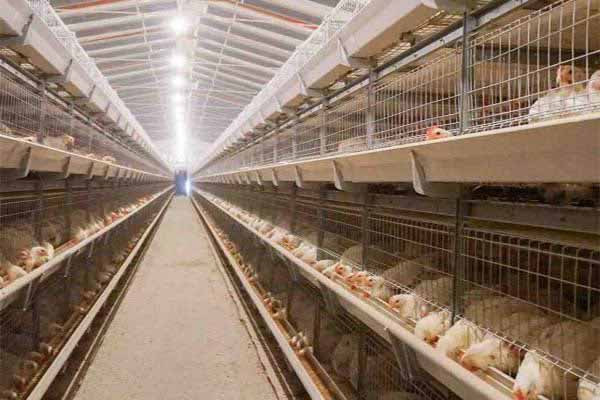Battery Layer Cage Price for 40,000 Chickens in Togo: A Comprehensive Guide
In the poultry farming industry, investing in the right equipment is crucial for maximizing productivity and efficiency. One such essential equipment is the battery layer cage. This article will provide a detailed guide on the battery layer cage price for a setup designed to accommodate 40,000 chickens in Togo. We will also discuss the factors influencing the price and the potential return on investment.
Understanding Battery Layer Cages
Battery layer cages are designed to house laying hens in a controlled environment. These cages are stacked vertically, allowing for efficient use of space and reducing the risk of disease spread. Each cage is equipped with a feeding system, watering system, and a nesting area for the hens.
Factors Influencing Battery Layer Cage Price
- Material Quality: The type of metal used for the cage construction can significantly impact the price. Higher-quality materials such as stainless steel or galvanized steel tend to be more expensive.
- Cage Size and Design: The size of the cage and its design will also affect the cost. Larger cages designed for more chickens will naturally be more expensive.
- Additional Features: Cages with additional features like automated feeding and watering systems or environmental control options will be more expensive.
- Local Market Conditions: The price can vary based on the demand and supply dynamics in Togo.
Estimated Battery Layer Cage Price for 40,000 Chickens in Togo
For a setup designed to house 40,000 chickens, the estimated price for battery layer cages in Togo could range from $5,000 to $10,000, depending on the factors mentioned above. Here’s a breakdown:

| Feature | Cost |
|---|---|
| Material (Stainless Steel) | $2,000 |
| Number of Cages | $3,000 |
| Additional Features (Automation) | $1,000 |
| Total | $6,000 |
Return on Investment
Investing in battery layer cages can lead to significant returns on investment. By maximizing space and reducing the risk of disease, farmers can see improved productivity and lower feed conversion rates. On average, a battery layer system can yield up to 300 eggs per hen per year. With 40,000 chickens, this could result in over 12 million eggs annually.

Conclusion
Investing in the right battery layer cage system for your poultry farm in Togo can be a game-changer. While the initial cost may seem substantial, the long-term benefits and potential return on investment make it a worthwhile investment. For more detailed information and a fr ee design and equipment quote, don’t hesitate to reach out to us at Livi Mechanical. We’re here to help you optimize your poultry farming operation.
ee design and equipment quote, don’t hesitate to reach out to us at Livi Mechanical. We’re here to help you optimize your poultry farming operation.
For further inquiries or to get started on your project, please leave a comment below or contact us directly.




